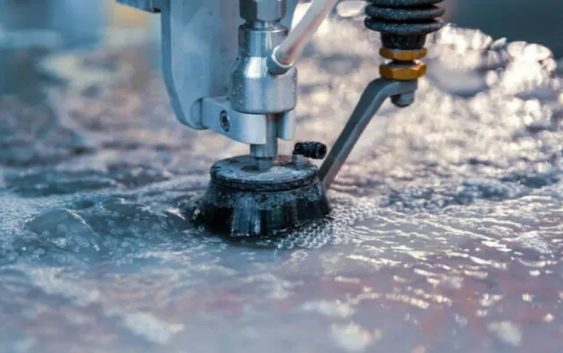How Nozzle Design Impacts Abrasive Cutting

Abrasive waterjet cutting depends on many factors to deliver clean and accurate cuts. One of the most important parts of this process is the nozzle. The design of the nozzle plays a big role in how well the machine performs. Companies using abrasive waterjet cutting UAE often pay close attention to nozzle design because it affects speed, precision, and even the cost of each cut.
What Does the Nozzle Do?
The nozzle focuses the high-pressure water mixed with abrasive particles into a thin, powerful stream. This stream cuts through materials like metal, stone, and glass. The nozzle’s shape and size control how fast the water flows and how the abrasive particles behave. A well-designed nozzle makes the cutting stream more focused and stable, which leads to cleaner edges and less wasted material.
Different Nozzle Shapes:
Nozzles come in different shapes, such as straight, tapered, or stepped designs. Each shape changes the way the water and abrasive mix and exit the nozzle. For example, a tapered nozzle can help increase the speed of the jet, making cuts faster and smoother. The shape also affects how the abrasive particles are distributed in the stream, which changes how evenly the material is cut.
Nozzle Size Matters:
The diameter of the nozzle opening affects how much water and abrasive come through. A smaller opening gives a more focused jet, which helps with fine details and thin materials. Larger openings allow more abrasive and water flow, making it easier to cut thicker or harder materials. Choosing the right nozzle size is a balance between speed and precision.
Material and Durability:
Nozzles have to handle constant wear from the abrasive particles. Most nozzles use hard materials like tungsten carbide or synthetic sapphire to last longer. The better the nozzle material, the longer it keeps a steady cutting stream. A worn-out nozzle can cause the waterjet to become less accurate and increase cutting times.
Impact on Cutting Quality and Cost:
A well-designed nozzle helps the cutting process use less abrasive material and water. This lowers running costs while producing better cuts. When the nozzle works efficiently, it reduces the chance of rough edges or uneven surfaces. This means less cleanup or fixing after the cut.
Nozzle design affects how fast, clean, and cost-effective your cuts will be. Paying attention to nozzle shape, size, and material helps get the most out of your waterjet machine. This focus on design keeps cuts sharp and work running without a hitch.